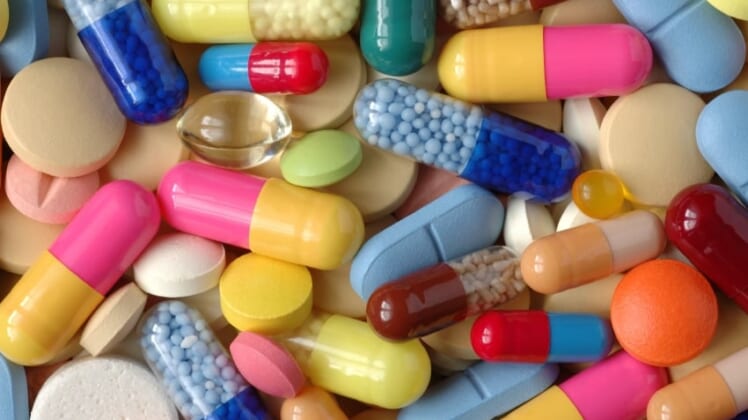
“It is clear that consumers are buying products that they think contain specific substances, but that in reality the labels are unreliable indicators of the actual contents,” said Dr. Mark Baron, who works in the School of Natural and Applied Sciences at the University of Lincoln, UK, in a press release.
Baron warned that consumers need to be aware that they have no idea what they really ingesting when they buy drugs off the internet and that some of the products could contain illegal substances.
“The product name cannot be used as an indication of what it contains as there is variation in the content of the same product name between different internet sites,” Baron said.
“No guidelines exist as to what is sold and in what purity and consumers are led to believe that purchased goods are entirely legal,” he added.
Legal highs are typically marketed as research chemicals, bath salts or plant food and are easily purchased off the internet. Though governments try to regulate or ban the sales, suppliers seem to be one step ahead: As soon as one product is banned, a new one without restriction is offered.
For the study, Baron bought MDAI, 5-IAI, Benzo Fury and NRG-3 and two MDA-labelled samples from various websites. Six out of seven products did not contain the advertised active ingredient.
More disturbingly, five of the samples contained the controlled substances benzylpiperazine, which can cause psychosis and seizures, and trifluoromethylphenylpiperazine or “Legal X”. Possession of these substances has been outlawed in a number of countries, including the United States.
“These findings show that the legal high market is providing a route to supply banned substances,” said Baron.
The study was published in the journal Drug Testing and Analysis.
